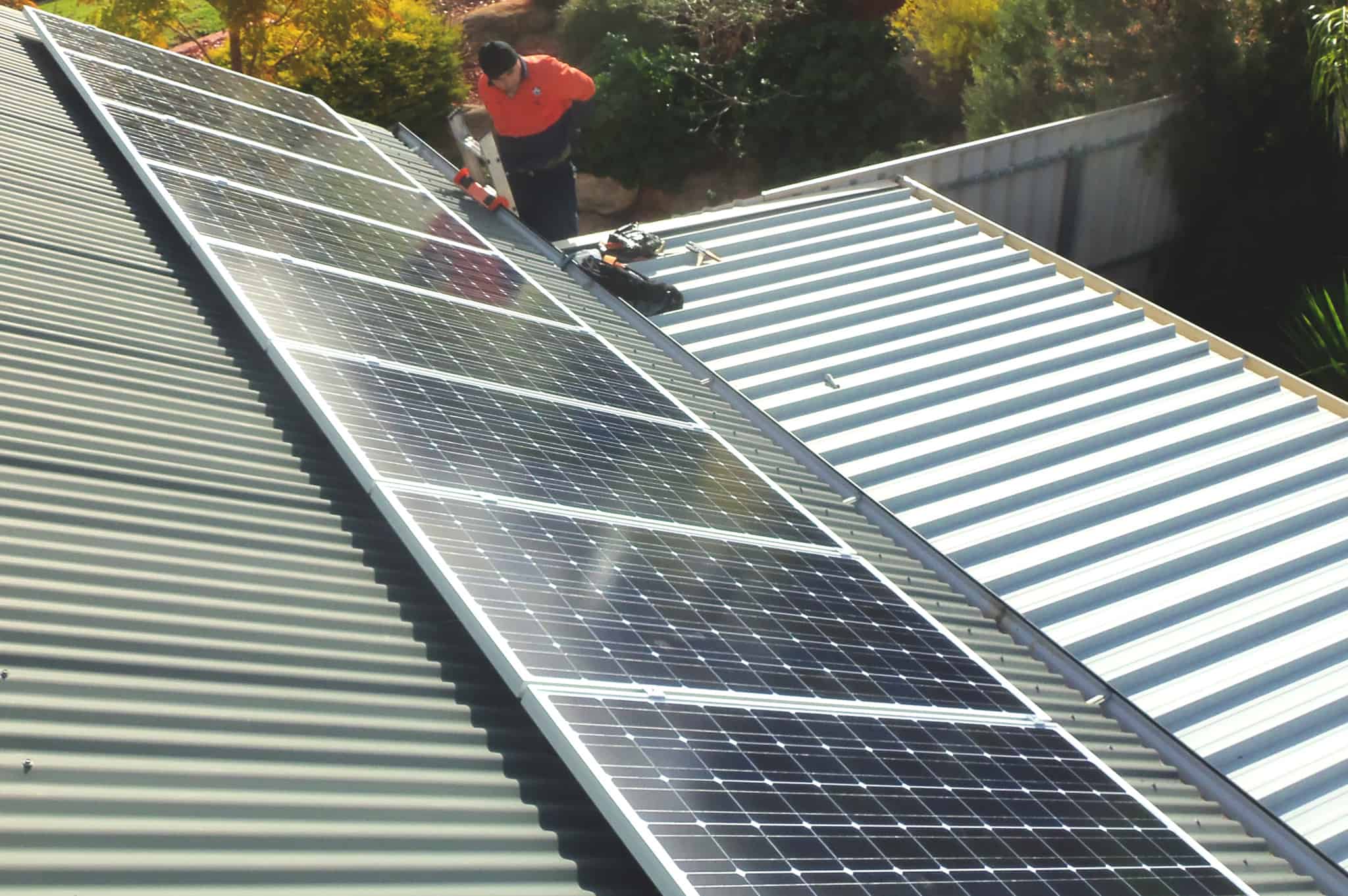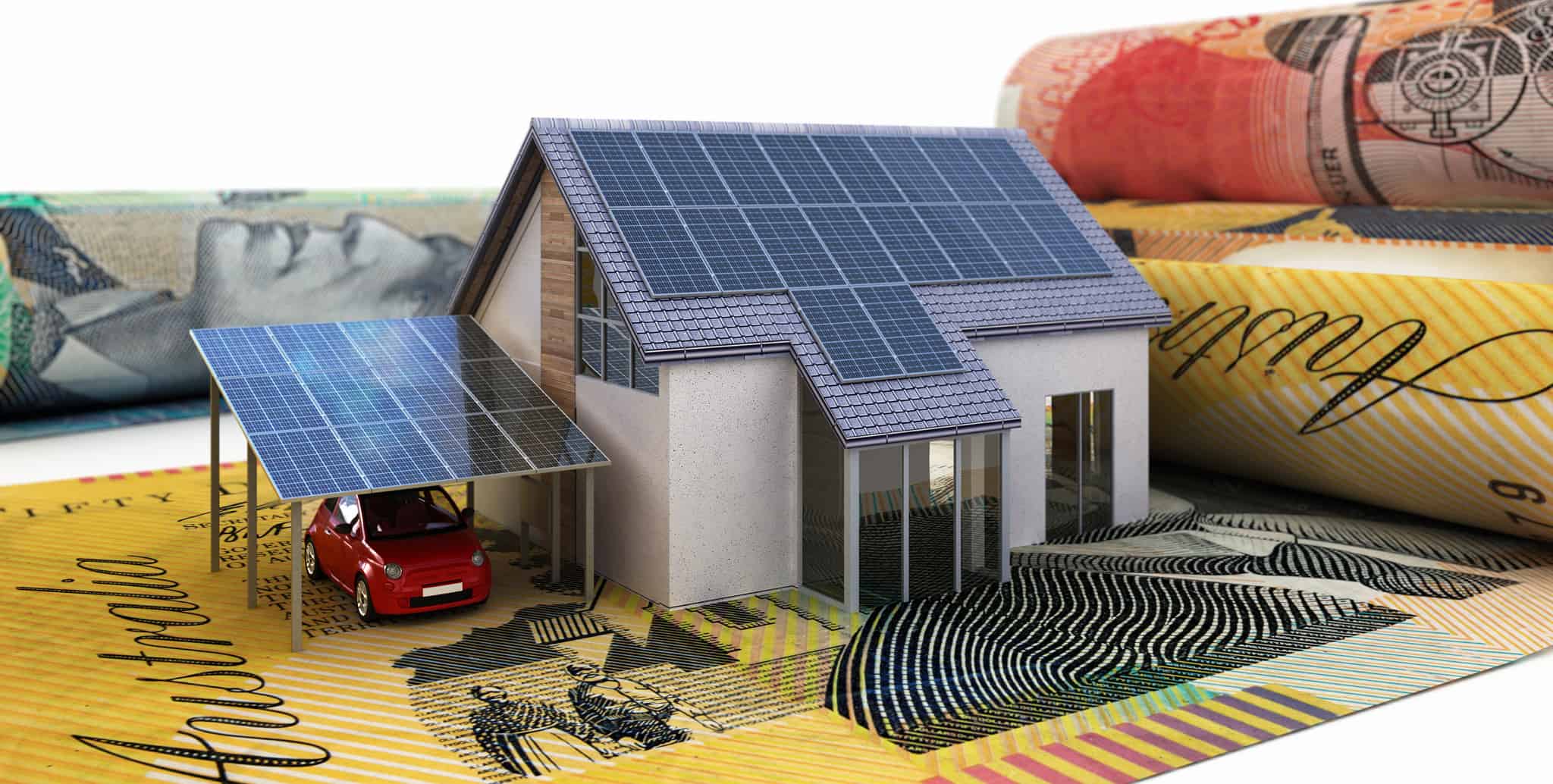Nope, they’re not divas. Solar panels can generate electricity from indirect sunlight, too. They prefer the spotlight but will perform even when the sky is wearing its grey outfit.
Absolutely! Think of them as that friend who’s always upbeat, rain or shine. They won’t soak up as much sun as on a clear day, but they’ll still power through, producing some electricity.
These panels are in it for the long haul. Most have a warranty of 25 years, but don’t be surprised if they stick around, generating power for 30 years or more. Talk about a long-term relationship!
Not at all. They’re more low-maintenance than a cactus. Just keep them clean and check for any debris or snow blocking their sunbathing. Otherwise, they’re pretty chill.
You bet! Installing solar panels is like giving your home a facelift. It’s more attractive to buyers who love the idea of saving on electricity bills. Cha-ching!
It’s party time for your electricity meter! Excess power usually goes back to the grid, and you might get credits from your utility company. It’s like your panels are running a side hustle.
Going off-grid is a bold move, and yes, it’s possible! You’ll need a battery storage system to keep the lights on when the sun’s off duty. It’s like having a savings account for sunlight.
Snow problem! (Pun Intended) Solar panels can still generate electricity when it’s cold. Plus, they love the winter sun. Just brush off any snow, and they’re good to go.
Savings vary depending on your location, energy usage, and system size. But one thing’s for sure: your electricity bills will shrink like cotton in hot water.
If you’re handy and have the know-how, it’s possible. But for most, it’s a job best left to the pros. They’ll make sure your solar panels are installed correctly and safely – no DIY disasters here.
Solar batteries store energy produced by your solar panels for later use. When your panels produce more electricity than you need, instead of sending it back to the grid, it can be stored in a battery system.
Solar batteries convert the DC energy generated by your solar panels and store it as AC power for later use. This process involves a charge controller to manage the flow of electricity, ensuring the batteries charge efficiently and safely.
Adding a battery to your solar system maximises your ability to use the electricity generated by your panels throughout the day and night, increasing your energy independence and reducing your reliance on the grid.
Yes, solar batteries can provide power during a grid outage. Depending on your battery system’s size and energy consumption, you can keep essential appliances running until the grid is restored.
The lifespan of a solar battery varies depending on the brand, technology, and how often it’s charged and discharged. On average, solar batteries last between 5 to 15 years before their capacity significantly decreases.
The most common types of solar batteries are lead-acid, lithium-ion, and saltwater. Lithium-ion batteries are popular for their efficiency, long lifespan, and compact size compared to lead-acid batteries.
The cost of solar batteries varies widely depending on their capacity, brand, and technology. Generally, the initial investment can range from a few thousand to tens of thousands of dollars, but prices are expected to decrease as technology advances.
Lithium-ion batteries require minimal maintenance compared to lead-acid batteries, which may need regular checks for water levels and terminal cleaning. Overall, solar batteries are designed for low maintenance.
Yes, you can add a solar battery to an existing solar system. However, it may require additional components like a compatible inverter or a charge controller. It’s best to consult with a solar professional to determine the requirements.
Many regions offer incentives, rebates, or tax credits for installing solar batteries in a renewable energy system. These incentives can significantly reduce the upfront cost and improve the return on investment for solar battery systems.




